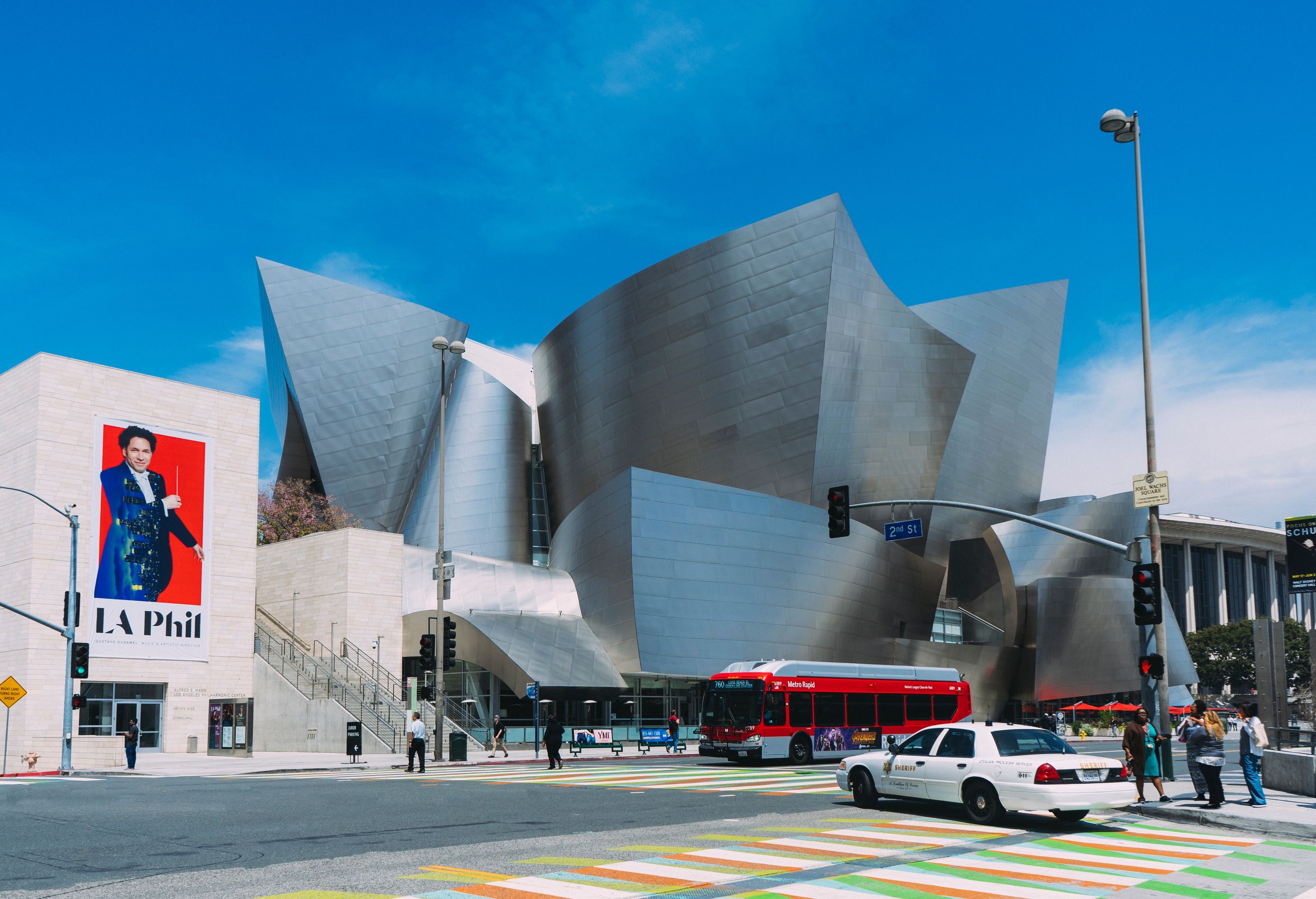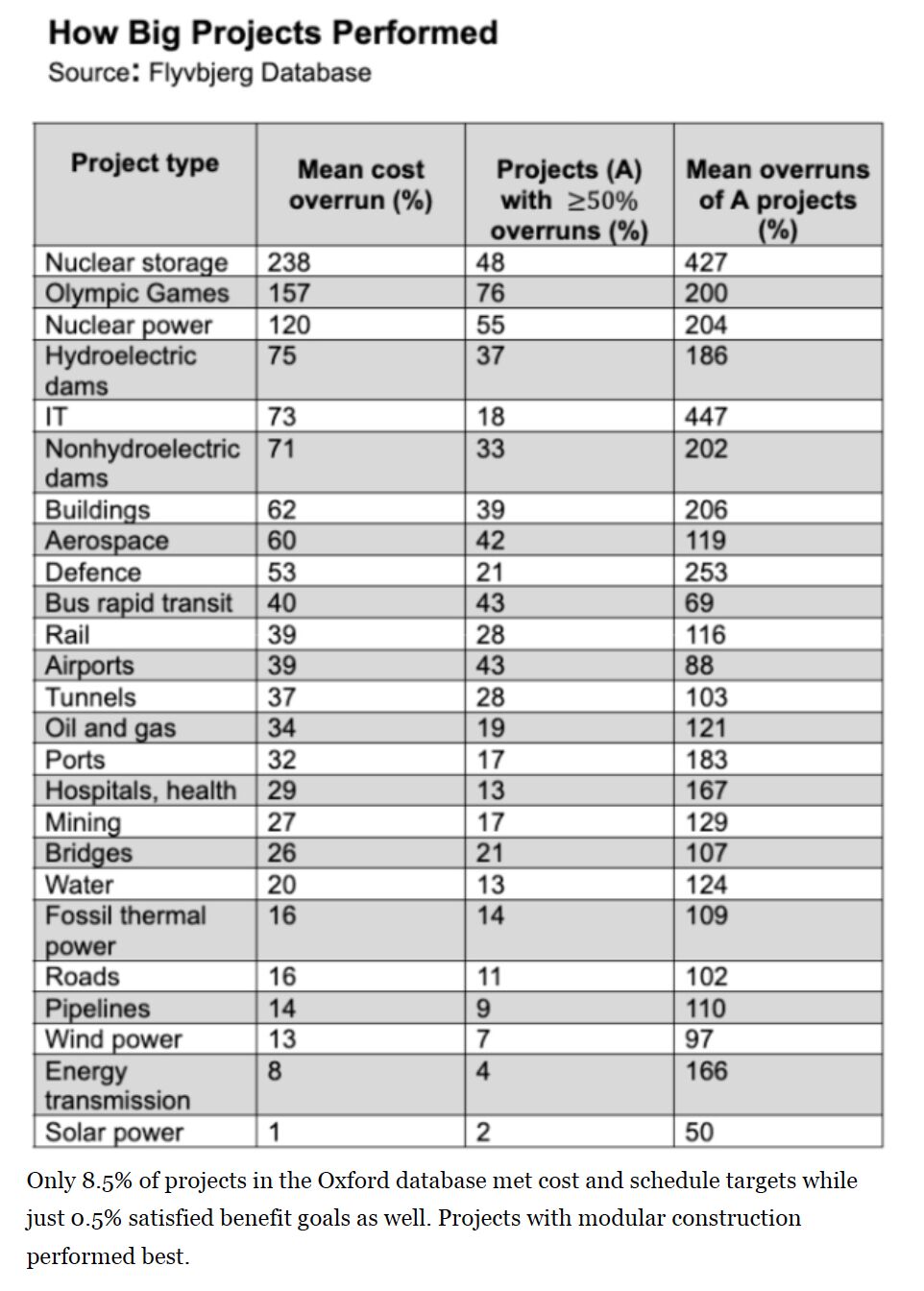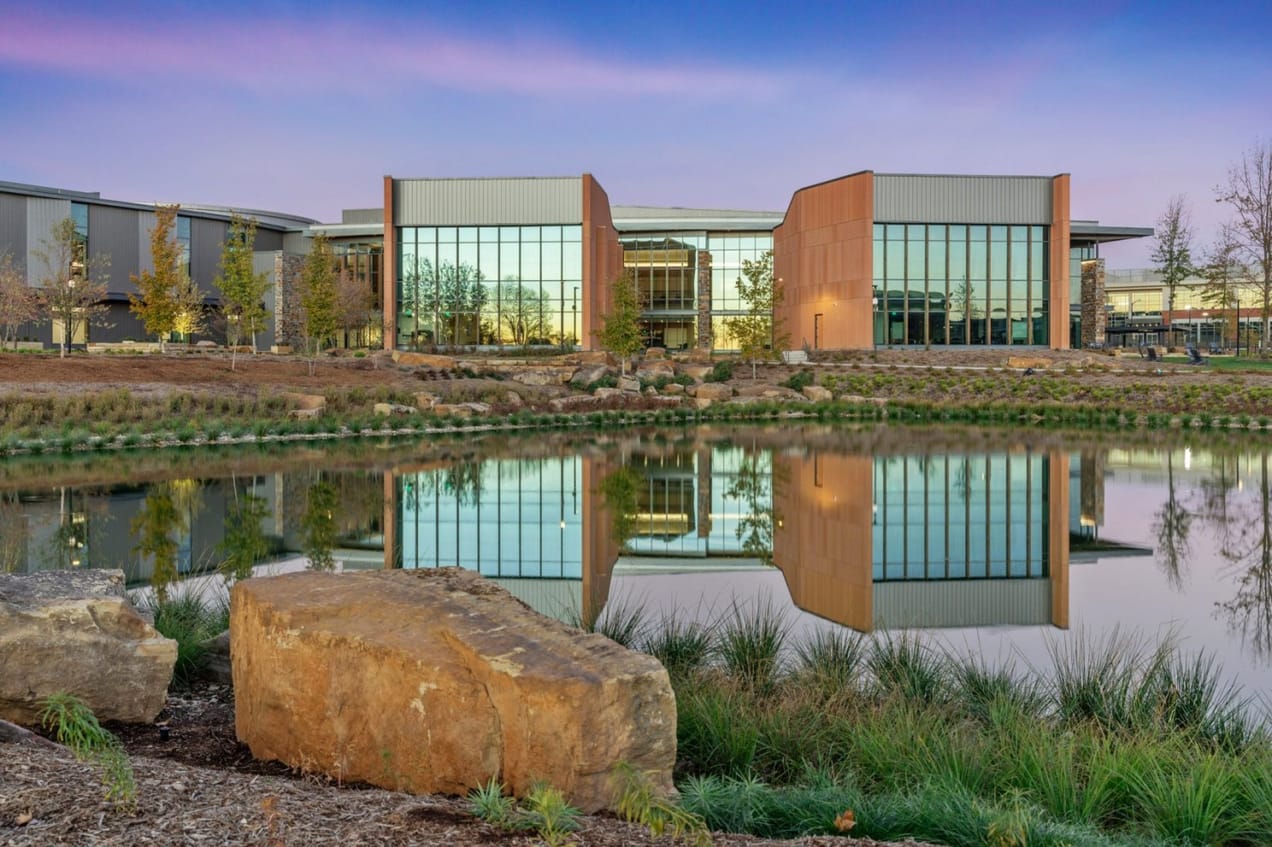
Minimising cost over runs - part 2
Making sure the cost estimates for a project are meaningful is essential, as is verifying the expected benefits. But, equally important is how you mange complex projects - we can learn some useful lessons from architect Frank Gehry
Summary: One of the questions we don't ask often enough is how much will this project really cost? I don't mean the estimate, I mean how much will we need to spend by the time its finished? And what benefits will it actually bring? And the next question after these should be - how can we manage these projects so that they deliver more frequently. This is not just relevant for big infrastructure projects such as railways and motorways, it applies to pretty much all of the investment we are going to need to allow the sustainability transitions to happen.
Why this is important: We need to care about how poor many project cost and benefit estimates really are.
First, we are going to need a lot more mega projects in the coming decade. The sustainability transitions are going to require new infrastructure, a lot of new infrastructure. Everything from new wind and solar farms, through electricity transmission, nuclear and hydro, buildings, bridges and railways. To make sensible decisions about which options we prefer, we not only need to know what they do for things like CO2 reductions, we need to know how much they will cost.
And in addition, we need to know that the promised benefits are realistic. Getting either (or both) of these wrong will, from a finance perspective, lead to wasted capital and lower than expected returns. And give ammunition to those who argue that the sustainability transitions are a green fudge and a waste of money. We could end up funding projects that just don't work - ones that end up costing us a lot more than they should, and that don't give us the outcomes we want.

The details
In part 1 of this blog we started off looking at the classic blunder that is the UK latest high speed railway. Work on the first phase of the project - between London and Birmingham - is well under way and that part of the line is 'due' to open by 2033. But there have been a series of reports over the years that the real cost will be way over the initial estimate and that it will take a lot longer to build than first thought. And now there is speculation that the railway might not even make it to London!

But, this is not just about projects costing us way more than they should. It's also about us making bad, often really bad decisions, that end up wasting capital and starving good projects of funding.
And perhaps more importantly, we also need to learn the lessons of these failed projects - we need to try to make sure that we don't just keep on making the same mistakes over and over again.
Summary of a HBR article
A study of 16,000 major projects—from large buildings to bridges, dams, power stations, rockets, railroads, information technology systems, and even the Olympic Games—reveals a massive project-management problem. Only 8.5% of those projects were delivered on time and on budget, while a mere 0.5% were completed on time and on budget and produced the expected benefits. In other words, 99.5% of large projects failed to deliver as promised. Simple and modular projects did best.
But, there is a small subset of complex projects that did deliver. These are the buildings designed and constructed by the architect Frank Gehry. You will know at least one of these, the Guggenheim Museum in Bilbao. It was not only delivered on time, but the cost actually came in under budget, and it generated benefits well above those expected. Bent Flyvbjerg and Dan Gardner argue there is much we can learn from Gehry.
Let's look at why this is important...
Why this is important
As a civil engineer, I have always had an interest in how much infrastructure costs, and how likely it is to be finished on time and to budget. Unsurprisingly, I brought that interest with me when I moved into the world of finance. Too many people take cost estimates on trust, despite the fact that we intuitively know that they are often (normally?) wrong. This applies to everything from your company IT upgrade, through your home extension, to major projects sponsored by governments, where we are often victims of politically motivated over optimism.
You would think that the private sector was better at estimating, after all its real money to them, and they are supposed to know what they are doingt. But, it turns out it depends. One-off projects generally end up being finished later and costing more, while projects that are modular seem to do better. And, surprise surprise, the better you plan, the less likely your project is to go over budget. Which means that HS2, was doomed from the start, poorly planned, politically motivated and very bespoke.
While the failures of big projects make great headlines, we should also care for another reason. We are going to need a lot more mega projects in the coming decade. A recent report from McKinsey for instance, estimates that "spending on physical assets that could help reach net zero would need to rise from $3.5 trillion spent per year today to $9.2 trillion annually. Total spending through 2050 could reach $275 trillion".
And, within that spending we will need to make some tough decisions between options. Or putting it another way, we need to use some form of cost benefit analysis. For this to be meaningful, we obviously need to have faith in the cost estimates, but we also need to know that the benefits will actually happen.
And the same logic applies to the companies that we are invested in. If their estimates of how much it will cost to get their technology successfully to market are wrong, or if the products don't deliver what is expected, then future profits will be lower, sometimes much lower. A recent example of this is Siemens Gamesa. Their onshore wind turbines have suffered massive quality issues - which will cost c. E1.6bn to fix.

The work of Professor Bent Flyvbjerg, at Oxford University might help us. He set up the now famous database, that records some 16,000 mega projects across 36 countries.
His analysis indicates that we are pretty good at estimating the cost of some things, including solar, wind and transmission assets. But we are poor at others.

I am guessing you are probably not going to fund the next Olympic Games, but one way or another we will all pay for nuclear storage and hydro. So, when thinking about finance decisions that require trading off one technology over another, lets think some more about the likely eventual costs and benefits, and what they might mean for our financial return expectations.
But as the HBR article highlights, it's not always a simple rule - complex, one off projects go over budget and simple, modular ones don't. Even at the complex end of the scale projects can be successful. Flyvbjerg and Gardner identified four lessons from the work of Gehry that could help us make even complex projects deliverable. Some might seem obvious, but they seem to be generally ignored. Others are counter initiative, if you start off thinking that 'we need to move quickly to show progress'.
Lesson 1 - make sure you have the power to deliver what you’re accountable for. This might seem pretty obvious, but in mega projects the temptation to meddle and interfere is strong. Especially in the government is involved.
Lesson 2 - always ask why something is being done that way. Don't assume, verify. Without a clear agreement on the goal, there will be a greater risk of the project wandering off course when it encounters inevitable problems and complications.
Lesson 3 - Simulate, Iterate, and Test. The overall effect of this is that the project can move smoothly from big ideas at the grand scale to increasingly fine-grained details. As a result, everything from the building’s relationship with the surroundings, to the width of a window sill, is subjected to severe scrutiny. It’s a long, exhausting process, but the resulting plan isn’t only unusually detailed. It is unusually reliable.
Lesson 4 - Think Slow, Act Fast. Gehry's process asks much of everyone involved. It also consumes a great deal of time. For many project managers, planning is seen as something that wastes time. If you want to get things done, you need to get moving. But, as Gehry shows, down that route lies madness.
Something a little more bespoke?
Get in touch if there is a particular topic you would like us to write on. Just for you.
Contact us
Please read: important legal stuff.



